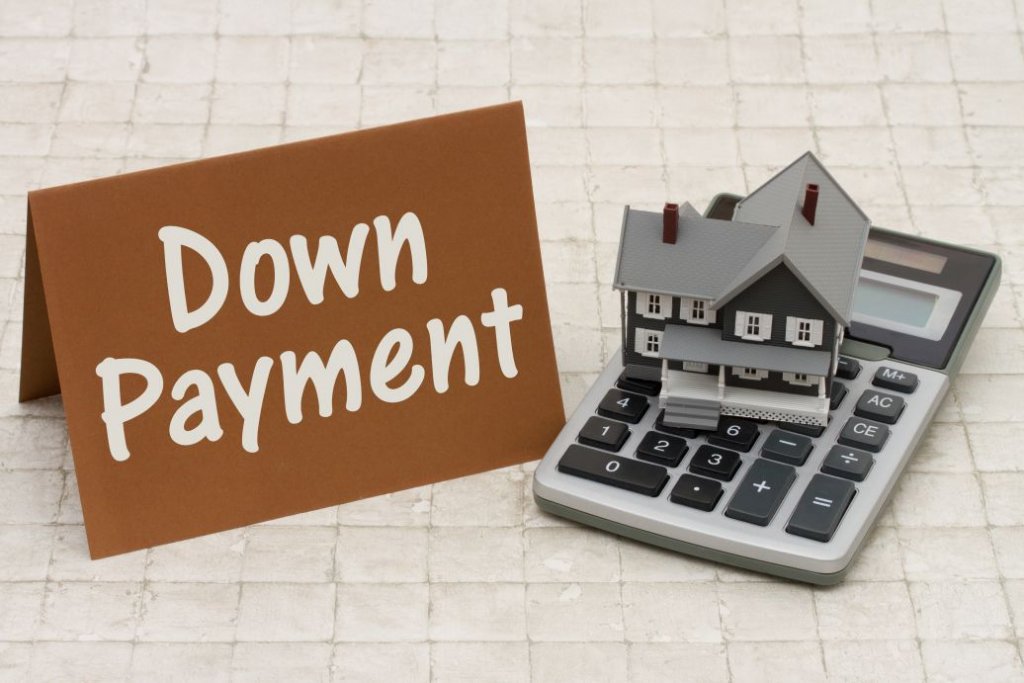- 10 August 2023
- 76
How Much Down Payment Do You Really Need? Exploring Home Purchase Requirements

Introduction
The journey to home ownership often begins with understanding down payments. How much do you need to put down to secure your dream home? In this guide, we delve into the factors that influence down payment amounts, explore different mortgage options, and provide tips to help you determine the right down payment for your unique situation.

Understanding Down Payments
A down payment is a portion of the home’s purchase price paid upfront. It’s a crucial component of the home buying process and affects your mortgage terms, monthly payments, and overall financial commitment.
Factors Influencing Down Payment Amounts
Several factors impact how much you need for a down payment:
- Home Price: A higher-priced home typically requires a larger down payment.
- Lender Requirements: Different lenders have varying minimum down payment percentages.
- Loan Type: The type of mortgage you choose affects the down payment. Conventional, FHA, and VA loans have different requirements.
- Credit Score: A higher credit score might allow for a lower down payment.
- Debt-to-Income Ratio: Lenders consider your debt-to-income ratio when determining down payment requirements.
Traditional Mortgage Requirements
Conventional loans often require a down payment of 20% of the home’s purchase price. This minimizes the need for private mortgage insurance (PMI) and can lead to lower monthly payments.
Low Down Payment Options
For those unable to afford a 20% down payment, there are alternatives:
- FHA Loans: Backed by the Federal Housing Administration, these loans often require a down payment as low as 3.5%.
- VA Loans: Reserved for eligible veterans and service members, VA loans may require no down payment at all.
- USDA Loans: These loans, targeted at rural and suburban buyers, offer zero-down payment options.
Advantages of a Larger Down Payment
While a lower down payment might be appealing, there are benefits to putting more money down:
- Lower Monthly Payments: A larger down payment reduces your loan amount, leading to lower monthly payments.
- Equity and Appreciation: Starting with more equity can help you build wealth through property appreciation.
- Better Mortgage Terms: A larger down payment can lead to more favorable mortgage rates and terms.
Strategies for Saving for a Down Payment
- Budgeting: Create a dedicated savings plan by cutting unnecessary expenses.
- Automated Savings: Set up automatic transfers to a separate savings account for your down payment.
- Side Hustles: Consider additional income streams to accelerate your savings.
- Windfalls: Direct unexpected windfalls (bonuses, tax refunds) toward your down payment fund.
Balancing Down Payment with Other Costs
Remember that a down payment isn’t the only upfront cost:
- Closing Costs: Factor in expenses like appraisal, inspection, and legal fees.
- Reserves: Lenders may require you to have extra funds in reserve after closing.
- Moving and Furnishing: Budget for moving expenses and furnishing your new home.
Considering Your Financial Situation
Evaluate your financial health, including debt, emergency fund, and future goals, when determining your down payment.
Conclusion
The down payment is a critical component of your home purchase. By understanding the factors that influence down payment amounts and exploring various mortgage options, you can make an informed decision that aligns with your financial goals. Remember, finding the right balance between a down payment and other costs ensures a smooth transition into home ownership, setting the stage for a successful and fulfilling journey.

